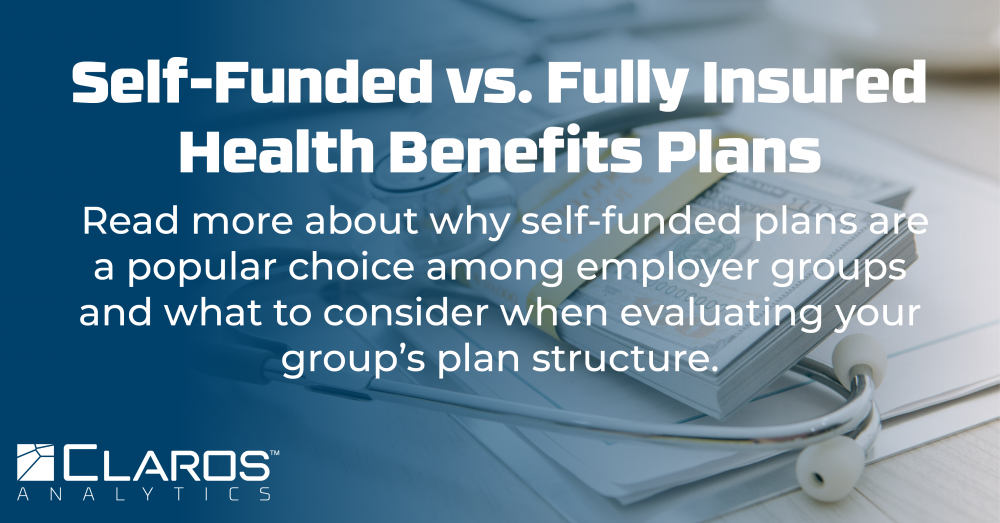Employee benefits plans can be broken out into two structures: the traditional fully insured plan or the self-funded plan. In a fully insured plan, a group purchases insurance by paying a premium to an insurance carrier. The carrier then covers all claims incurred by the plan members. In a self-insured (also known as self-funded) plan, employers pay for the claims themselves. They usually work with a third-party administrator (TPA) to process claims and often incorporate stop loss insurance to protect themselves from large claims. They may also add additional services to promote employee well-being, manage pharmacy benefits, or otherwise improve upon the components of their benefits plan. Another option not covered here is a level-funded plan. Read our blog post on level-funded pros and cons to understand this self-funded plan design that feels similar to a fully insured plan for many plan sponsors.



